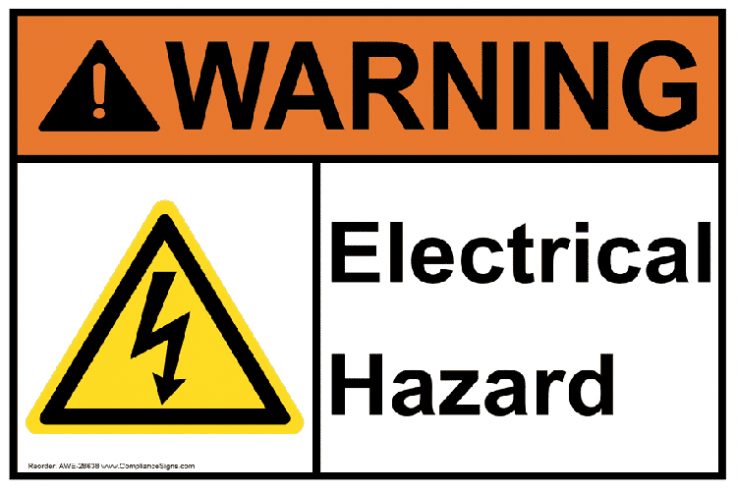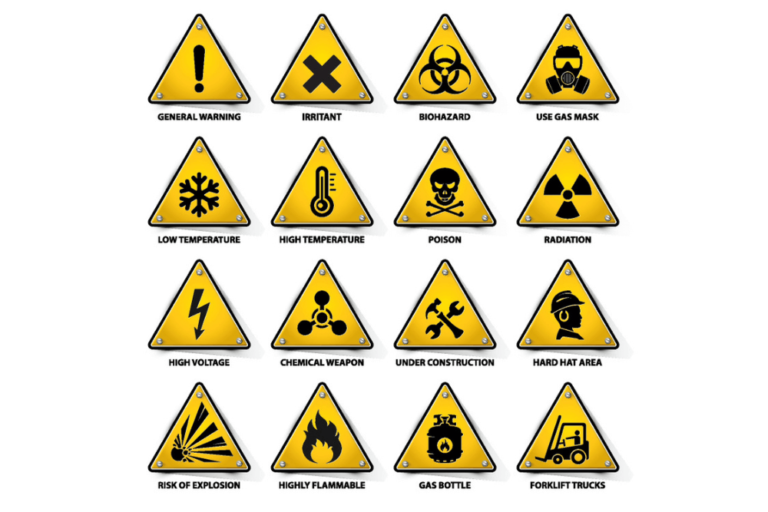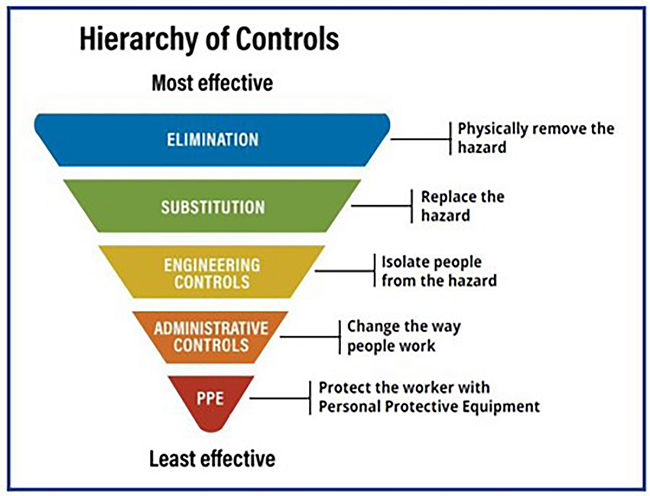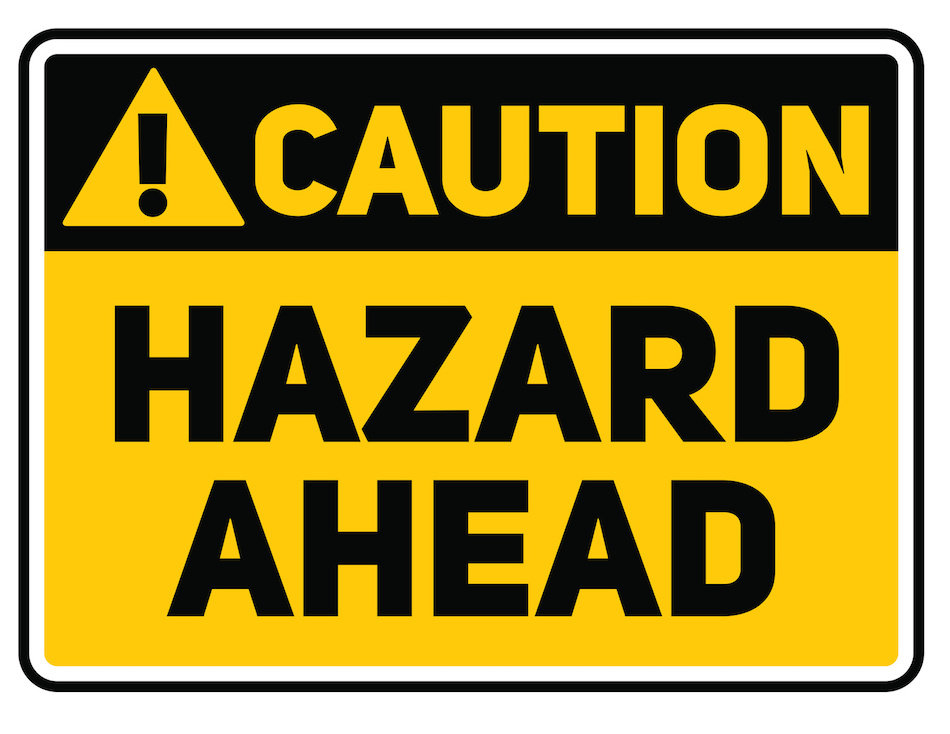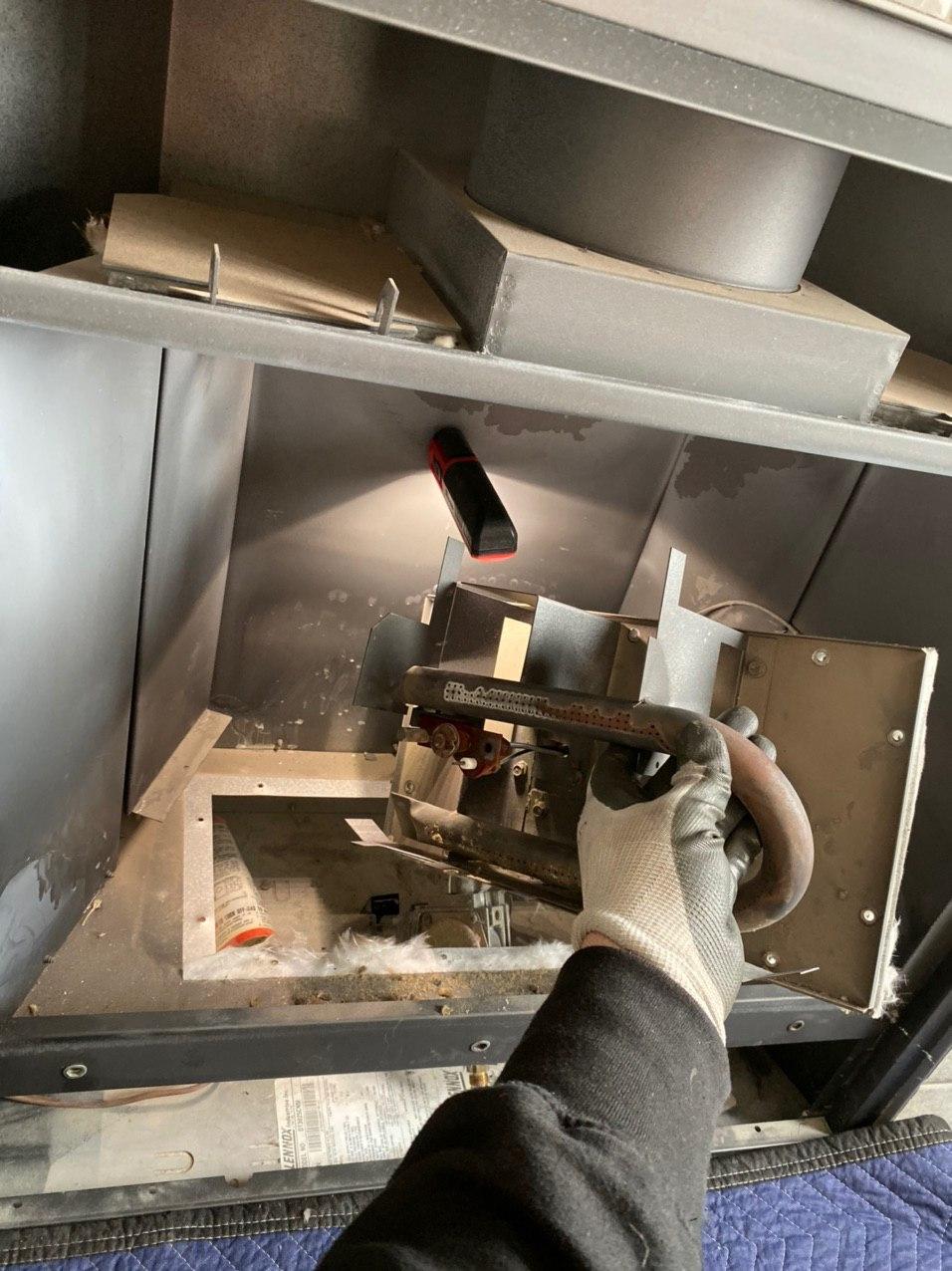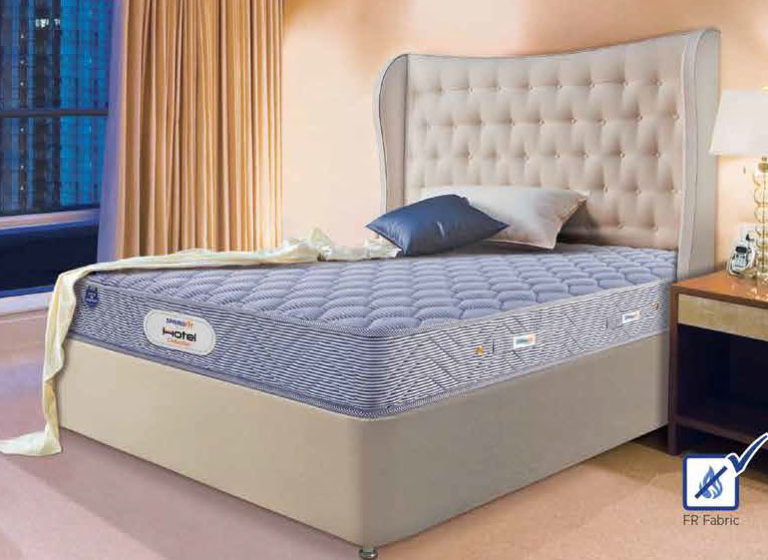Removing Fireplace: A Step-by-Step Guide
Removing a fireplace from your living room may seem like a daunting task, but with the right tools and knowledge, it can be a manageable DIY project. Whether you want to create more space in your living room or update the design, removing a fireplace can make a big difference.
Before beginning, it's important to note that removing a fireplace may not be a simple task and may require professional help. It's always best to consult with a contractor or fireplace specialist to ensure the job is done safely and correctly.
How to Remove a Fireplace and Chimney
The first step in removing a fireplace is to determine if it's a masonry or prefab fireplace. Masonry fireplaces are made of bricks or stones and are typically built into the home's structure, while prefab fireplaces are factory-made and can be easily removed.
To remove a masonry fireplace, you will need to carefully dismantle it brick by brick. This can be a time-consuming and labor-intensive process. However, if you have a prefab fireplace, it can be removed by disconnecting its gas or electric lines and removing any screws or bolts holding it in place.
DIY Fireplace Removal: What You Need to Know
If you decide to tackle the fireplace removal yourself, it's important to have the right tools and safety equipment. You will need a sledgehammer, pry bar, reciprocating saw, and safety gear such as gloves, goggles, and a dust mask.
It's also crucial to turn off all gas and electric connections and make sure the area is well-ventilated. Removing a fireplace can create a lot of dust and debris, so it's essential to protect yourself and your home.
Removing a Fireplace: Costs and Considerations
The cost of removing a fireplace can vary depending on the type of fireplace and the complexity of the job. DIY removal can save money, but if you're not confident in your skills or the fireplace is connected to your home's structure, it's best to hire a professional.
Other costs to consider include repairing the flooring or wall where the fireplace once stood and potentially adding insulation to the exposed area. It's also important to check with local building codes and obtain any necessary permits before beginning the removal process.
Living Room Renovation: Removing a Fireplace for More Space
One of the main reasons homeowners choose to remove a fireplace is to create more space in their living room. Fireplaces can take up a significant amount of room, making the living space feel smaller and more confined.
By removing the fireplace, you can open up the living room and create more room for furniture and decor. This can also make the room feel more modern and spacious.
Removing a Fireplace: Tips from Homeowners Who've Done It
If you're still unsure about removing a fireplace, it may be helpful to hear from other homeowners who have gone through the process. Many have found that removing a fireplace not only creates more space, but it also allows for more creative design options.
Some homeowners have used the space to install a built-in entertainment center or bookshelves, while others have simply left it open to create a more open floor plan. Whatever you choose to do with the space, it's important to carefully plan and consult with professionals to ensure a successful removal.
Removing a Fireplace: Professional vs. DIY
Deciding whether to hire a professional or tackle the fireplace removal yourself ultimately depends on your skills and the complexity of the job. If the fireplace is a simple prefab and you have experience with DIY projects, you may be able to handle it on your own.
However, if the fireplace is connected to your home's structure or you're not confident in your abilities, it's best to hire a professional. They have the necessary knowledge and tools to safely and efficiently remove the fireplace without causing damage to your home.
Living Room Design Ideas Without a Fireplace
If you're removing a fireplace from your living room, you may be wondering how to design the space without it. The good news is that there are plenty of design options for a living room without a fireplace.
You could create a cozy reading nook, add a statement piece of furniture, or even install a statement wall or artwork to fill the space. Get creative and think outside the box to make the most of your newly opened-up living room.
Removing a Fireplace: Potential Hazards and Safety Precautions
As with any renovation project, there are potential hazards and safety precautions to consider when removing a fireplace. The main hazards include exposure to dust and debris and the potential for gas or electric lines to cause harm.
To protect yourself, make sure to wear safety gear and take breaks to avoid overexposure to dust. It's also important to shut off all gas and electric connections and have a professional inspect the area before beginning the removal process.
How to Patch and Repair a Fireplace Opening After Removal
After the fireplace is removed, you may be left with an empty opening in your wall or floor. To patch and repair the area, you will need to purchase a patching material, such as drywall or concrete, and carefully follow the instructions for filling in the space.
Once the patching material is dry, you can paint or decorate the area to match the rest of your living room. This is also a great opportunity to add a new design element, such as a feature wall or built-in shelving.
Why Removing a Fireplace from Your Living Room Might Be a Good Idea

The Evolution of House Design
 House design has evolved significantly over the years, from traditional to modern, and everything in between. One key element that has also undergone a transformation is the fireplace. While it was once a staple in every home, it is now becoming less common. In fact, many homeowners are now considering removing their fireplace from the living room. This may seem like a drastic decision, but there are several reasons why it could be a beneficial change for your living space.
House design has evolved significantly over the years, from traditional to modern, and everything in between. One key element that has also undergone a transformation is the fireplace. While it was once a staple in every home, it is now becoming less common. In fact, many homeowners are now considering removing their fireplace from the living room. This may seem like a drastic decision, but there are several reasons why it could be a beneficial change for your living space.
Maximizing Space
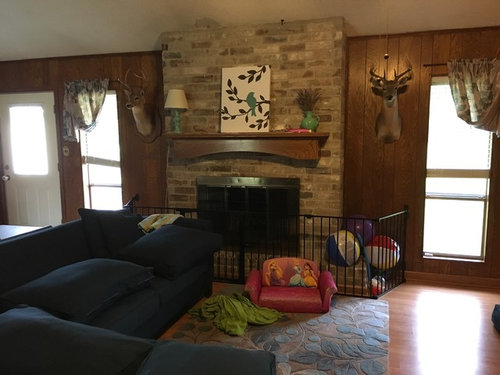 One of the main reasons why homeowners are choosing to remove their fireplaces is to maximize space in their living rooms. In smaller homes, a fireplace can take up a significant amount of space, limiting the room's layout and function. By removing the fireplace, you can open up the living room and create a more spacious and versatile area for your family to enjoy.
One of the main reasons why homeowners are choosing to remove their fireplaces is to maximize space in their living rooms. In smaller homes, a fireplace can take up a significant amount of space, limiting the room's layout and function. By removing the fireplace, you can open up the living room and create a more spacious and versatile area for your family to enjoy.
Modern Heating Options
 Another factor contributing to the decline of fireplaces in living rooms is the availability of modern heating options. With central heating and air conditioning systems, there is less reliance on fireplaces to provide warmth. This makes it easier to part ways with the traditional fireplace and explore alternative heating options that better suit your needs and lifestyle.
Another factor contributing to the decline of fireplaces in living rooms is the availability of modern heating options. With central heating and air conditioning systems, there is less reliance on fireplaces to provide warmth. This makes it easier to part ways with the traditional fireplace and explore alternative heating options that better suit your needs and lifestyle.
Enhancing Aesthetics
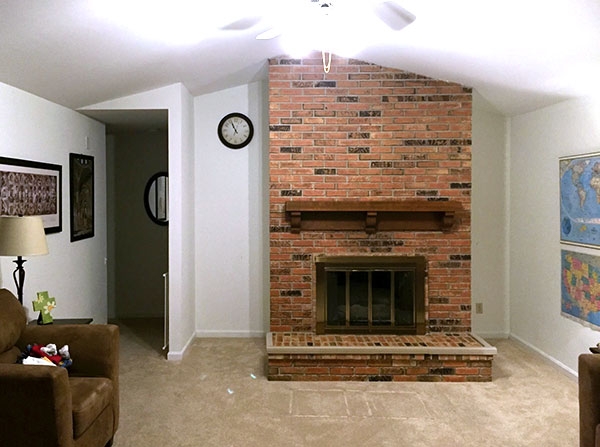 While traditional fireplaces can add a cozy and charming touch to a living room, they may not always fit in with the overall aesthetics of a modern home. Removing a fireplace can allow for a more streamlined and contemporary design, giving your living room a fresh and updated look. It also opens up the opportunity to add new features, such as a statement wall or built-in shelving, to enhance the overall aesthetic of the room.
While traditional fireplaces can add a cozy and charming touch to a living room, they may not always fit in with the overall aesthetics of a modern home. Removing a fireplace can allow for a more streamlined and contemporary design, giving your living room a fresh and updated look. It also opens up the opportunity to add new features, such as a statement wall or built-in shelving, to enhance the overall aesthetic of the room.
Increase Home Value
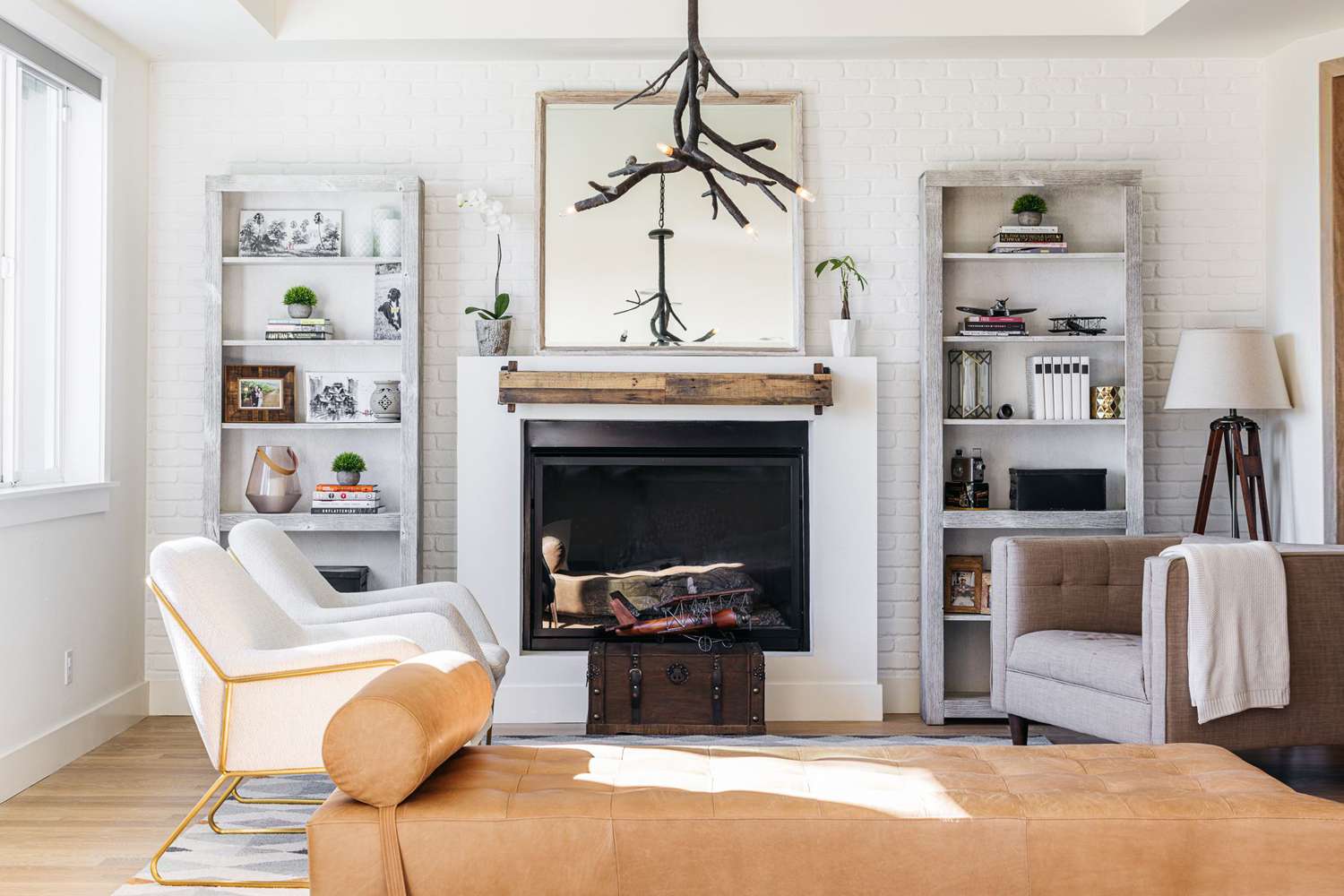 Removing a fireplace from your living room may seem counterintuitive, as fireplaces are often seen as a desirable feature in a home. However, in some cases, a fireplace can actually decrease the value of a home. This is especially true if the fireplace is outdated or in need of repair. By removing it, you can create a more modern and attractive living space, potentially increasing the value of your home.
In conclusion,
while the decision to remove a fireplace from your living room may be a difficult one, it is important to consider the potential benefits it can bring. From maximizing space and modernizing your home to increasing its value, removing a fireplace can be a smart and strategic move for your house design.
Removing a fireplace from your living room may seem counterintuitive, as fireplaces are often seen as a desirable feature in a home. However, in some cases, a fireplace can actually decrease the value of a home. This is especially true if the fireplace is outdated or in need of repair. By removing it, you can create a more modern and attractive living space, potentially increasing the value of your home.
In conclusion,
while the decision to remove a fireplace from your living room may be a difficult one, it is important to consider the potential benefits it can bring. From maximizing space and modernizing your home to increasing its value, removing a fireplace can be a smart and strategic move for your house design.



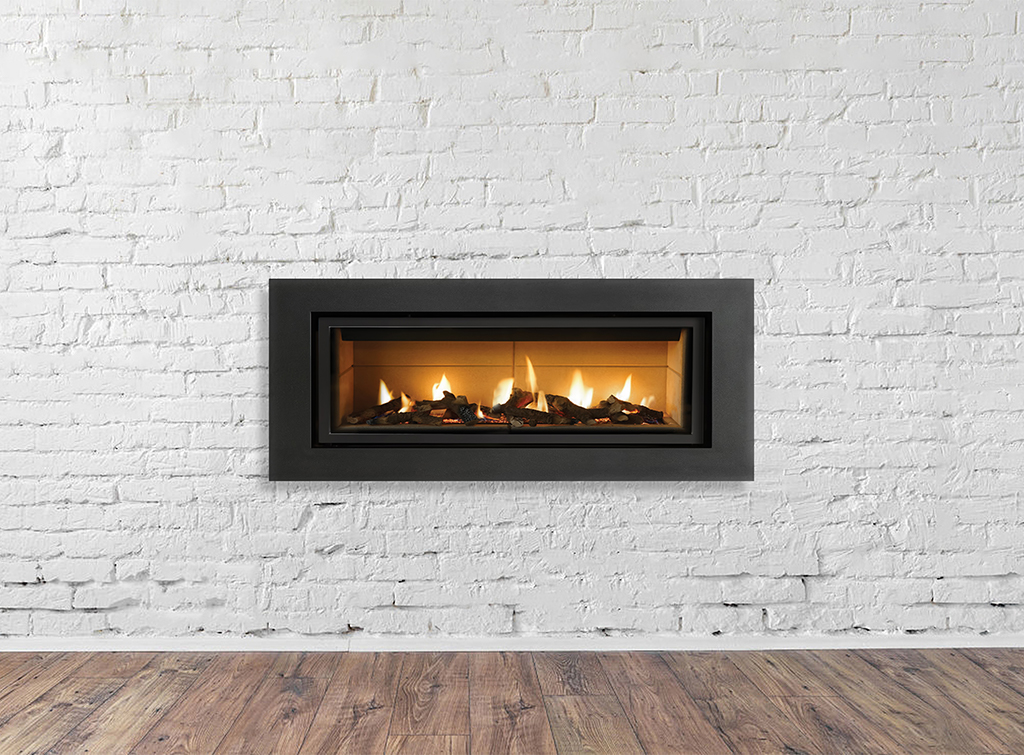

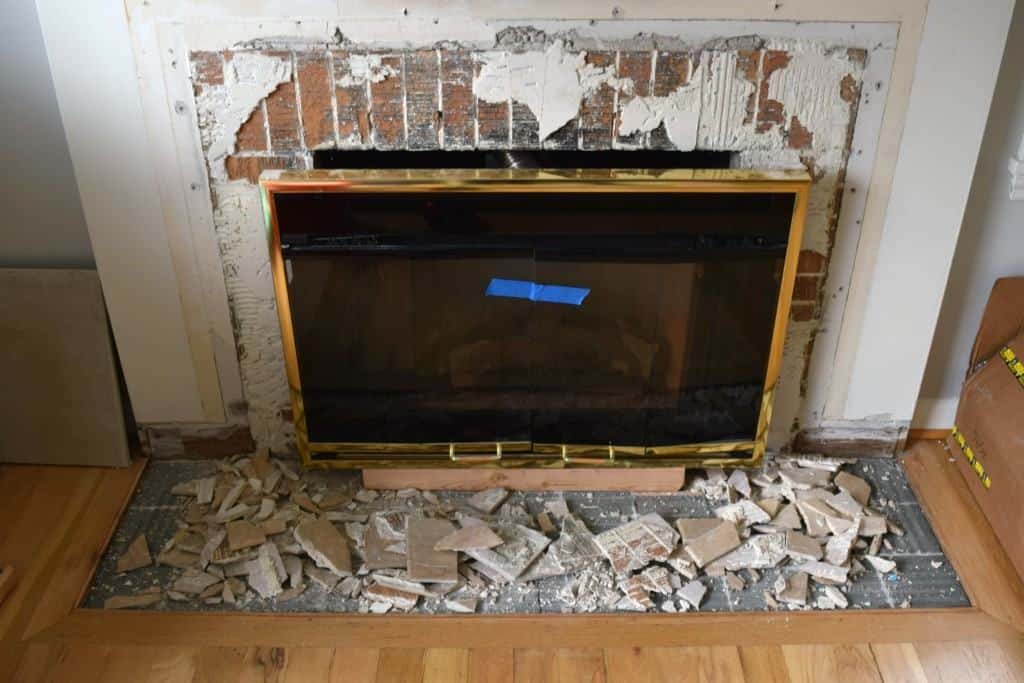



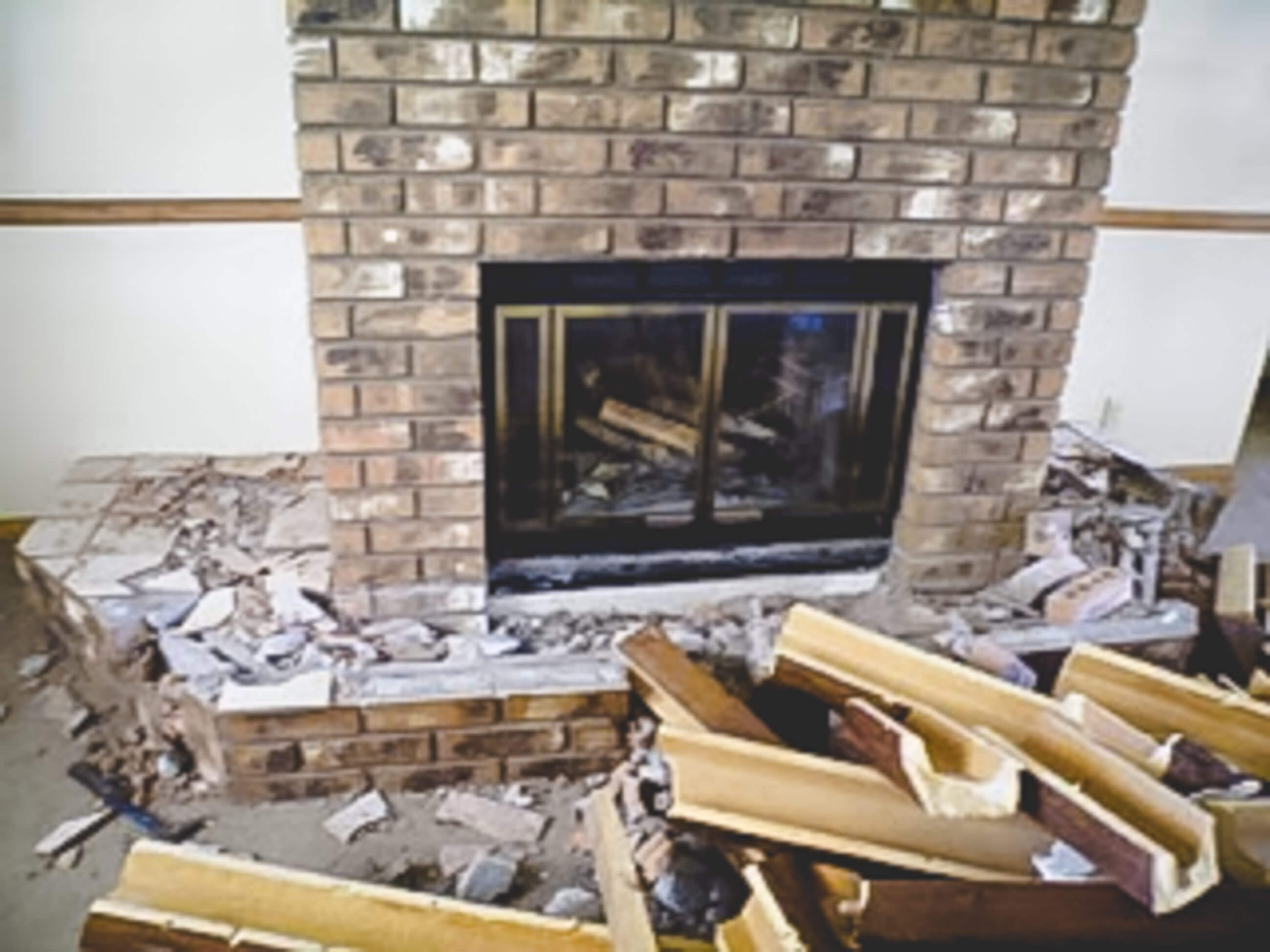





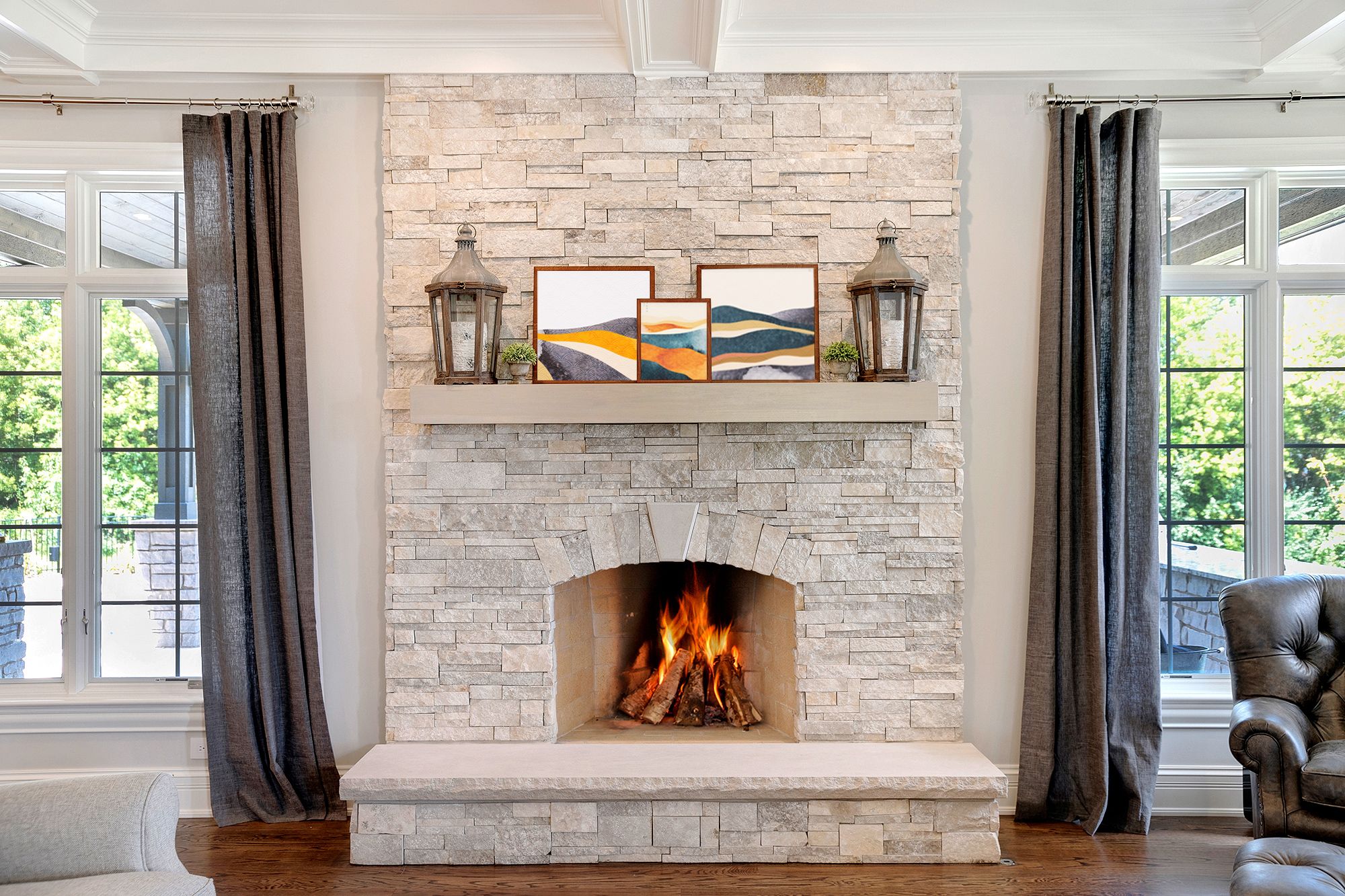
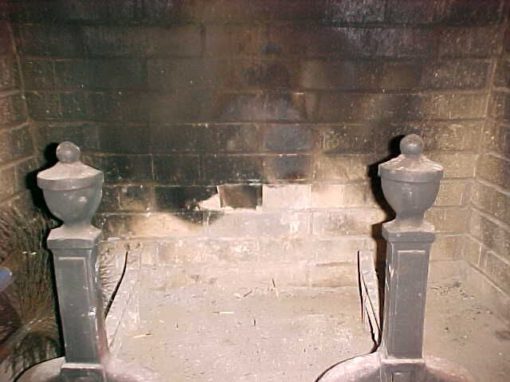

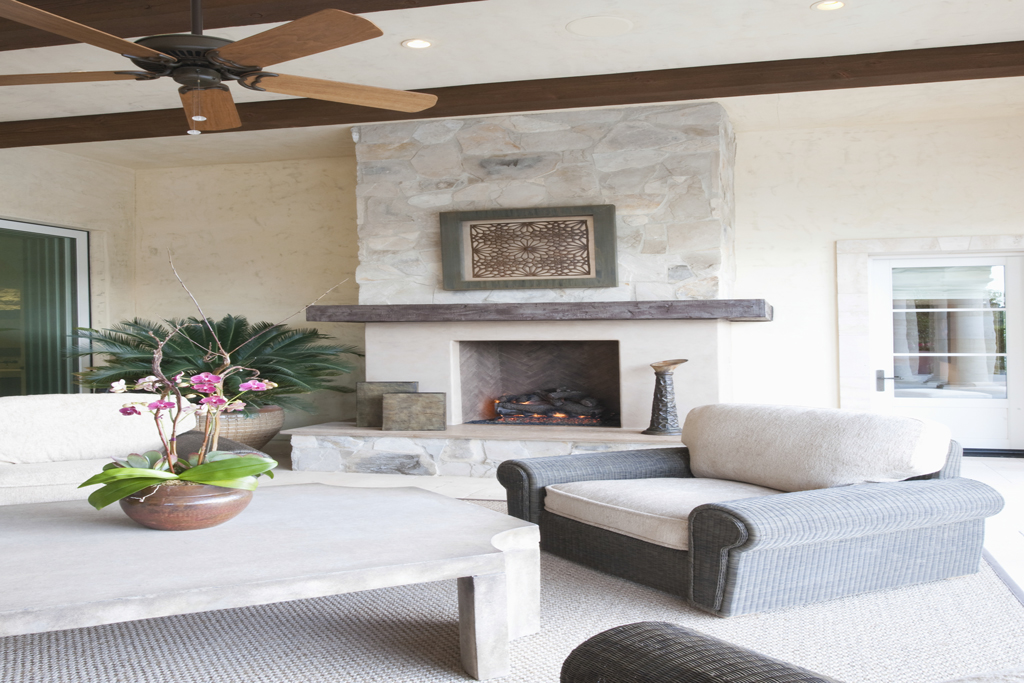

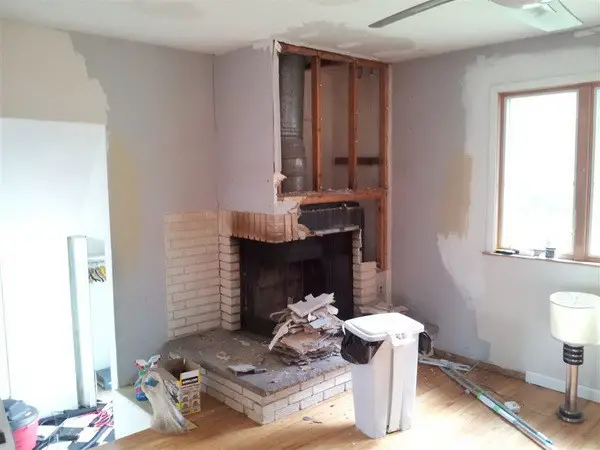

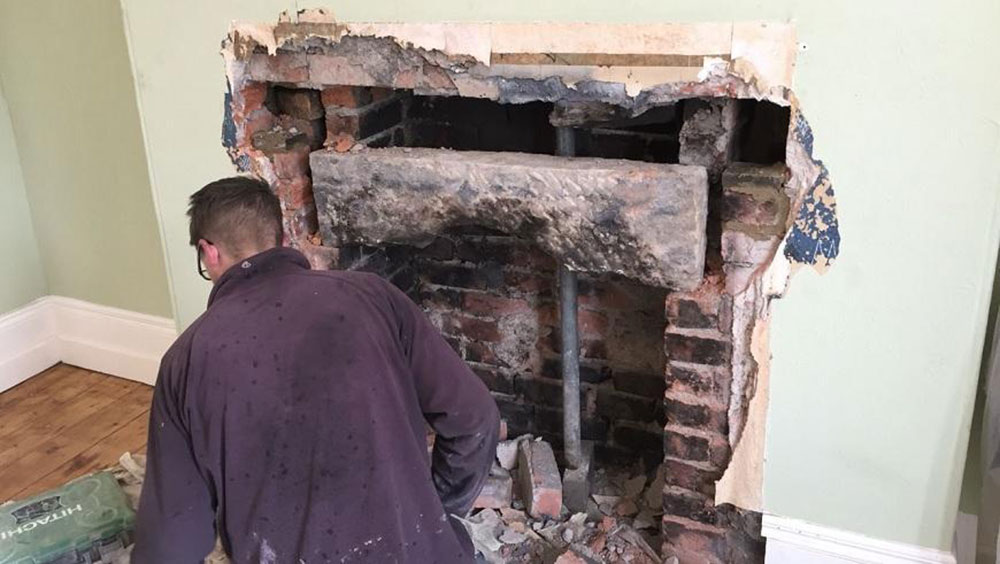






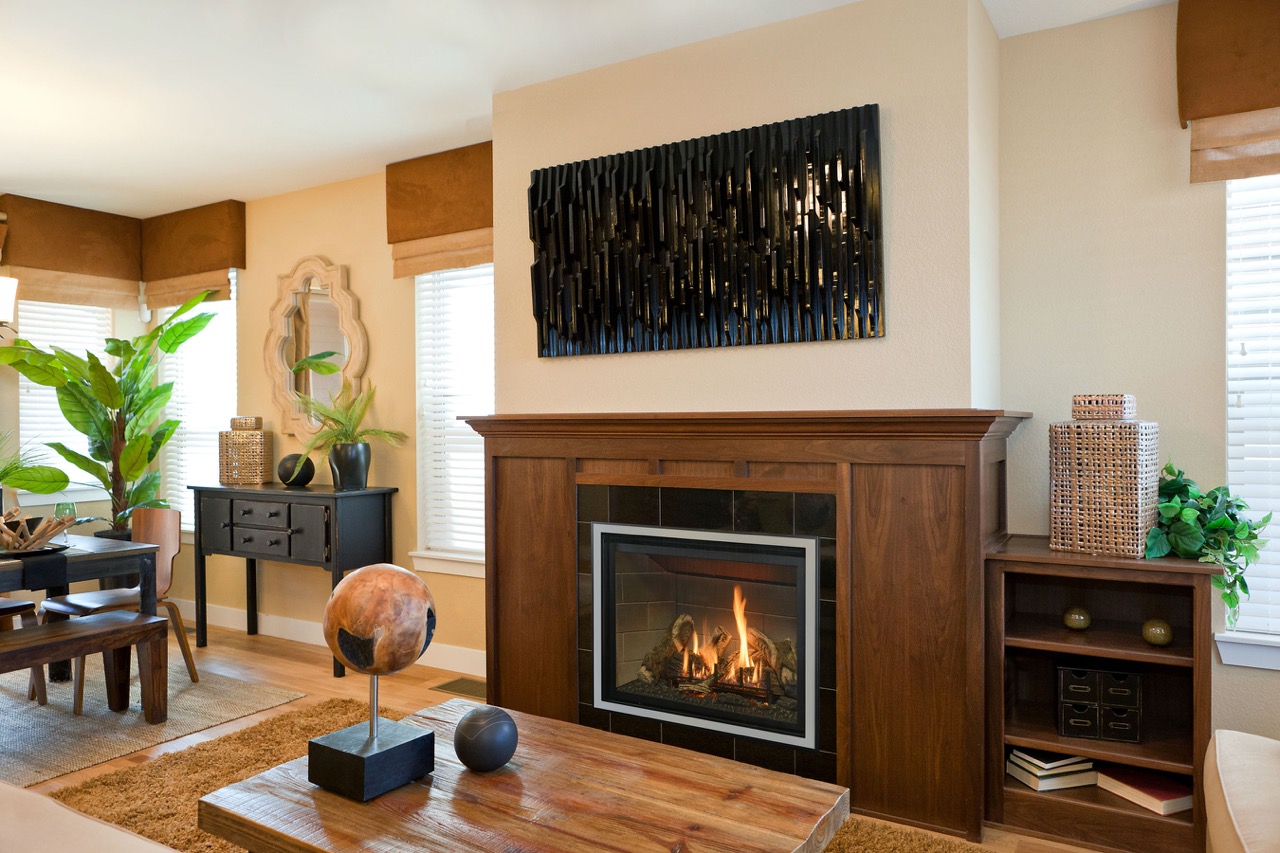
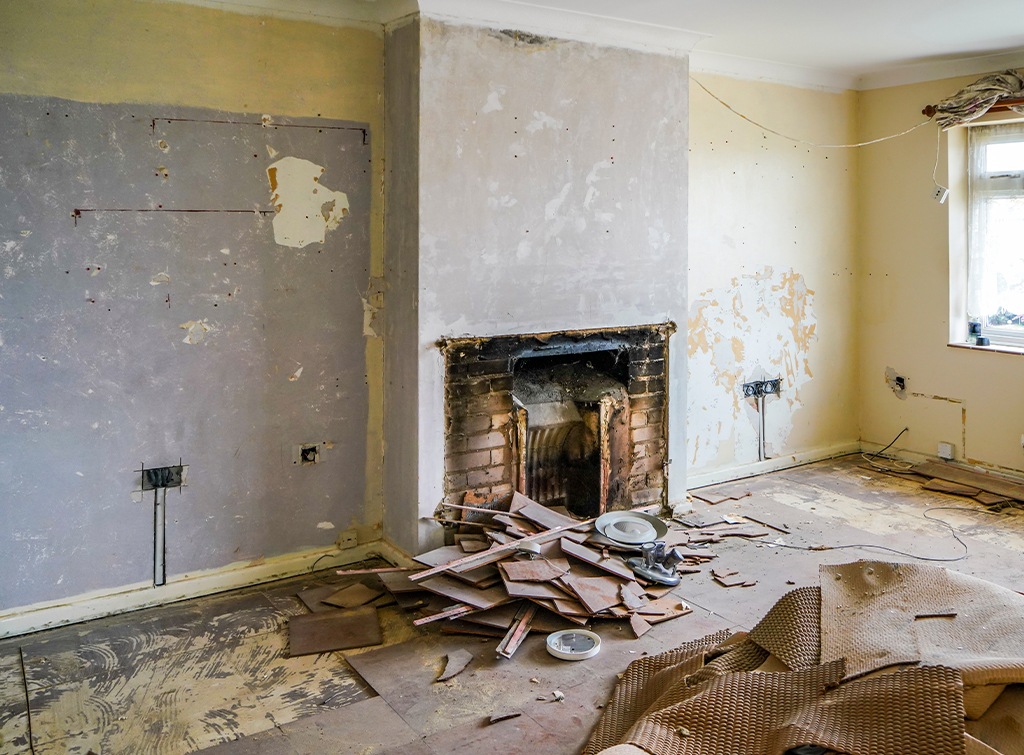
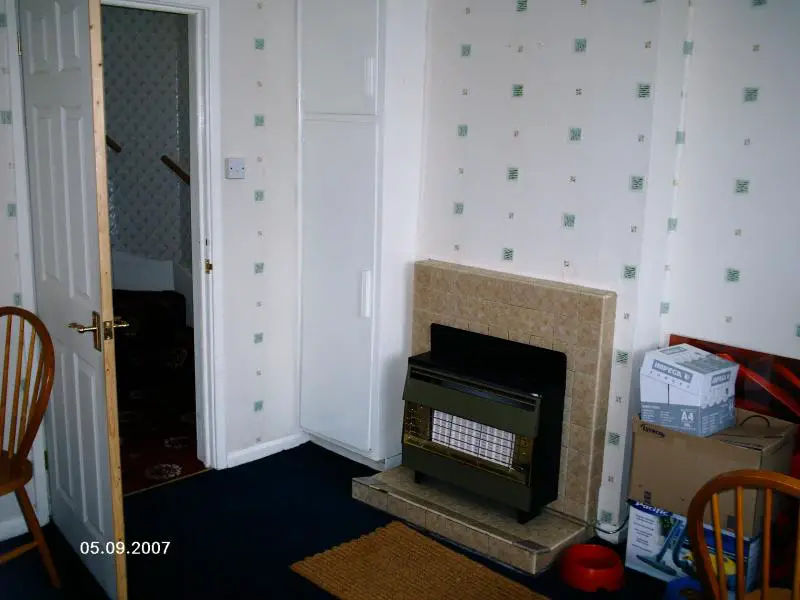




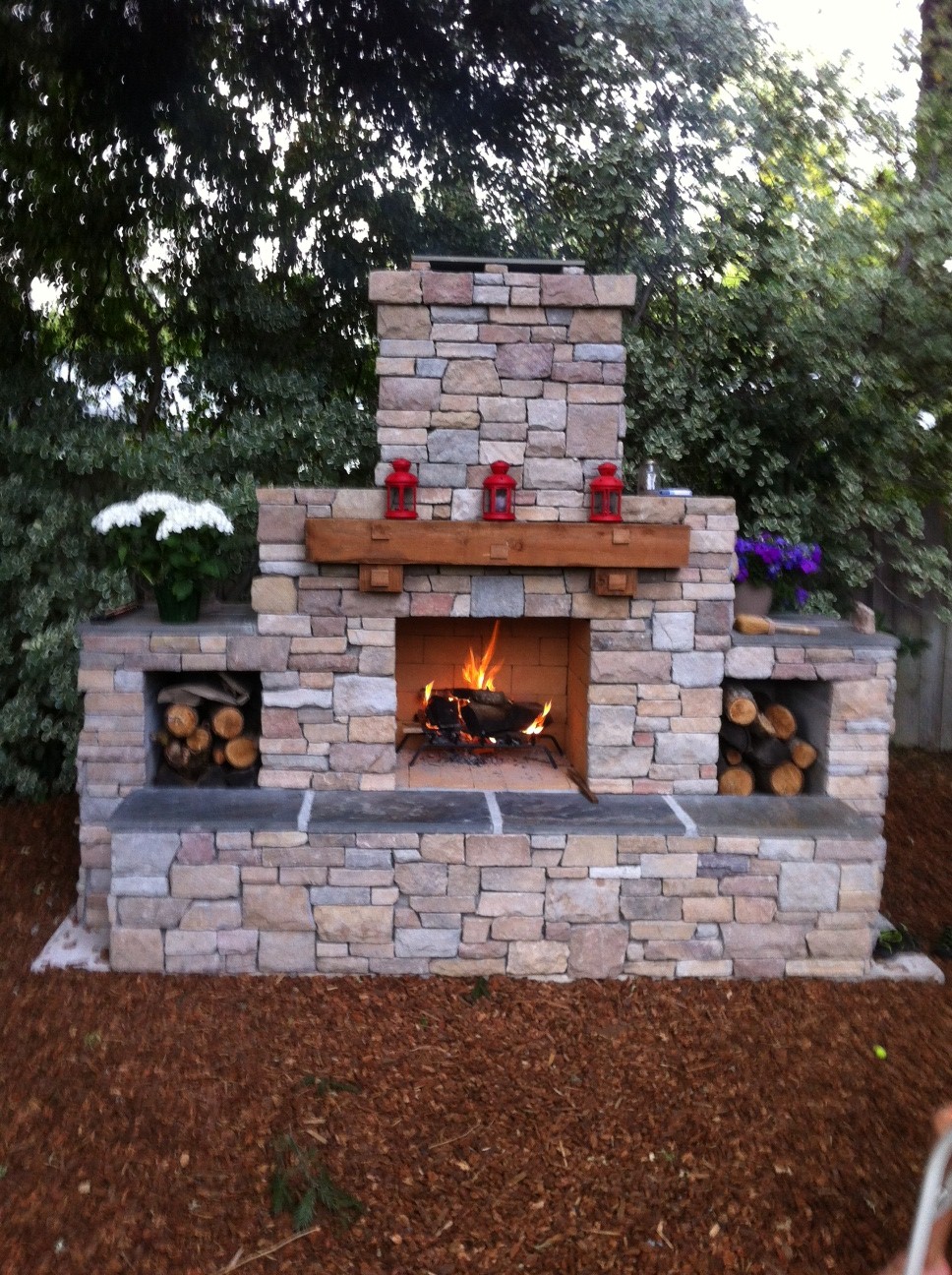



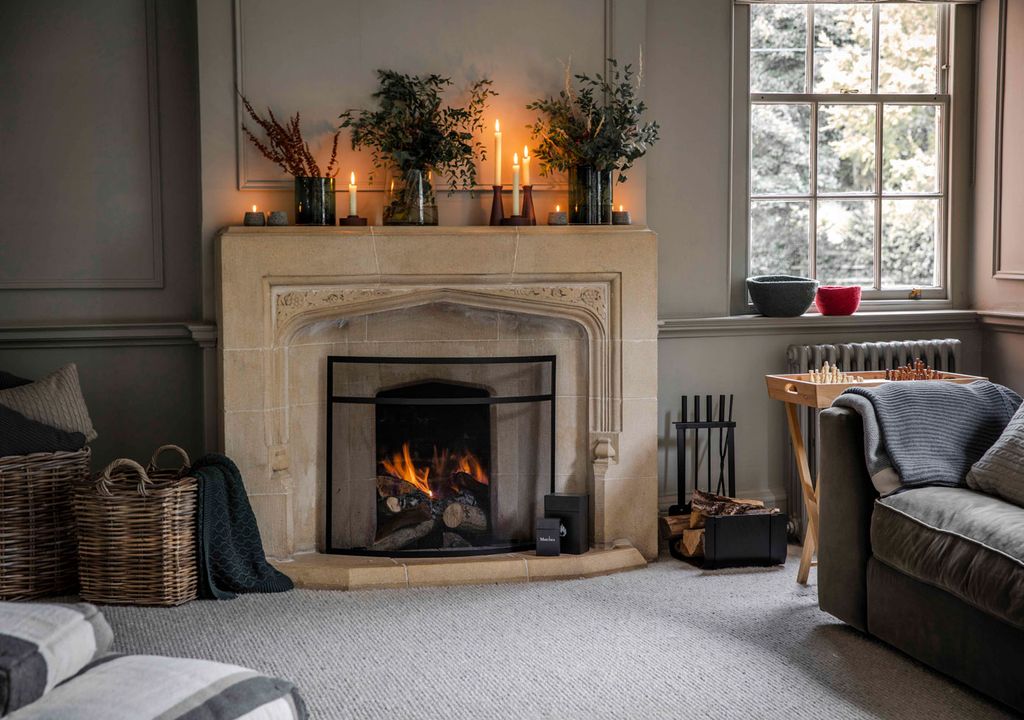



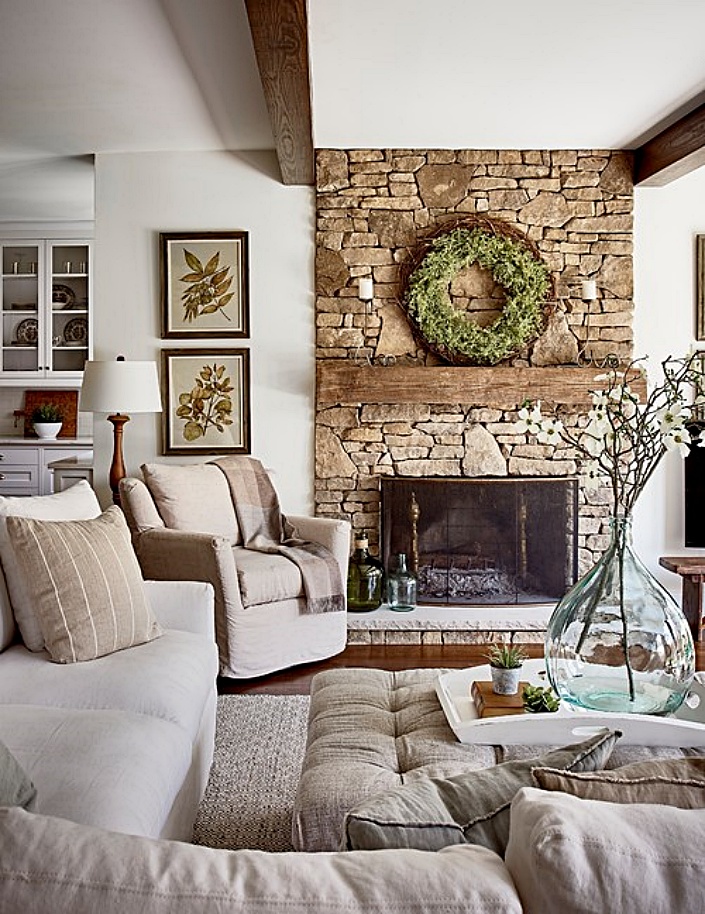


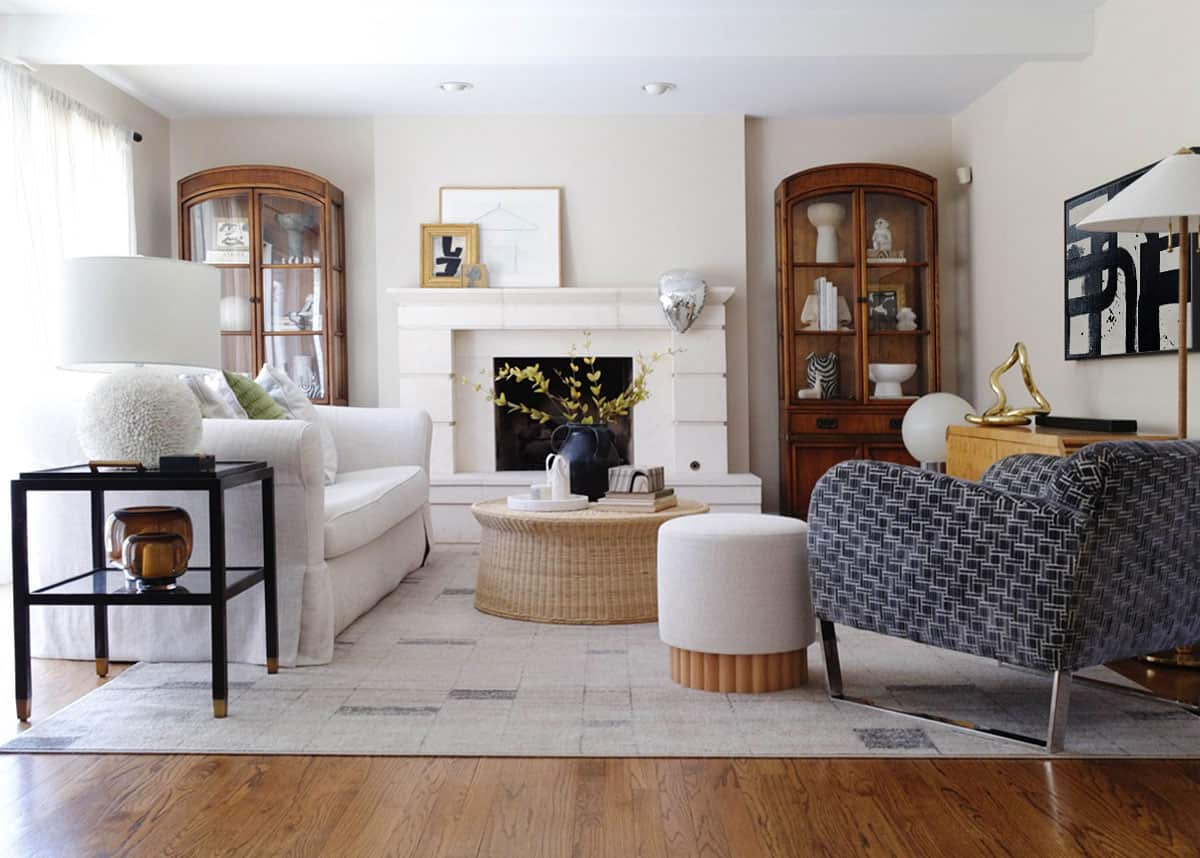




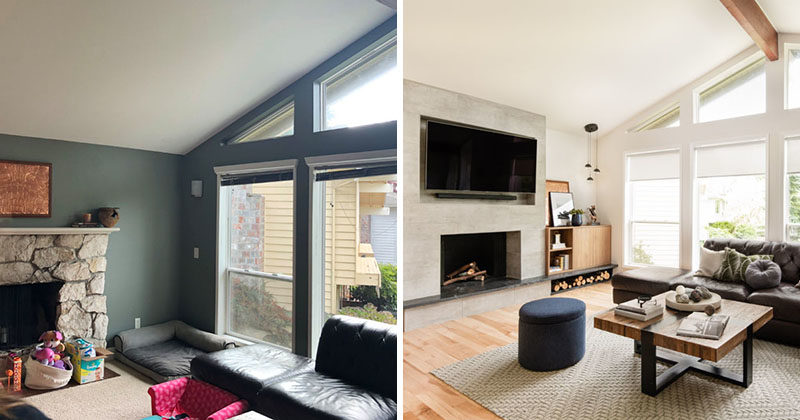






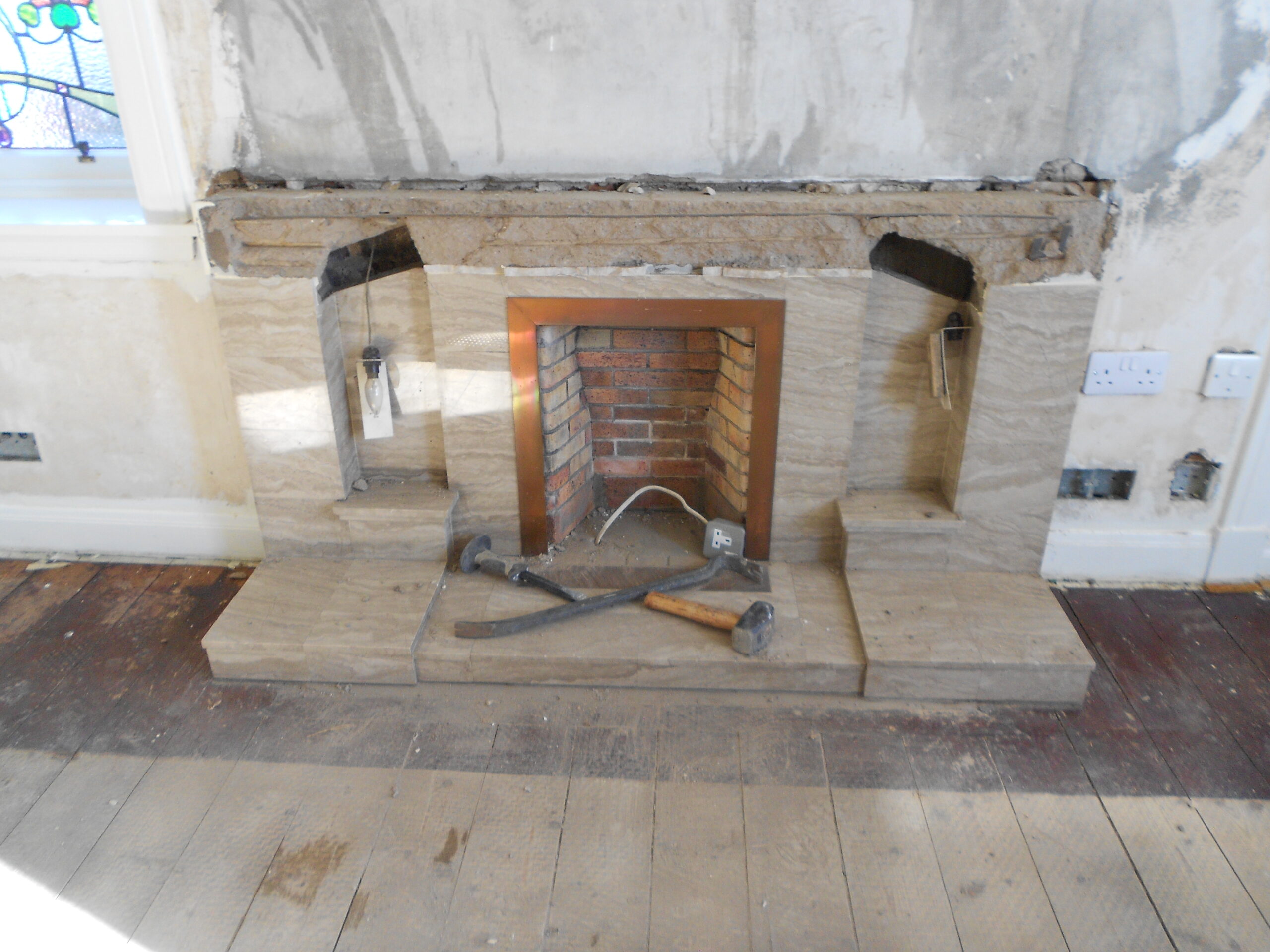



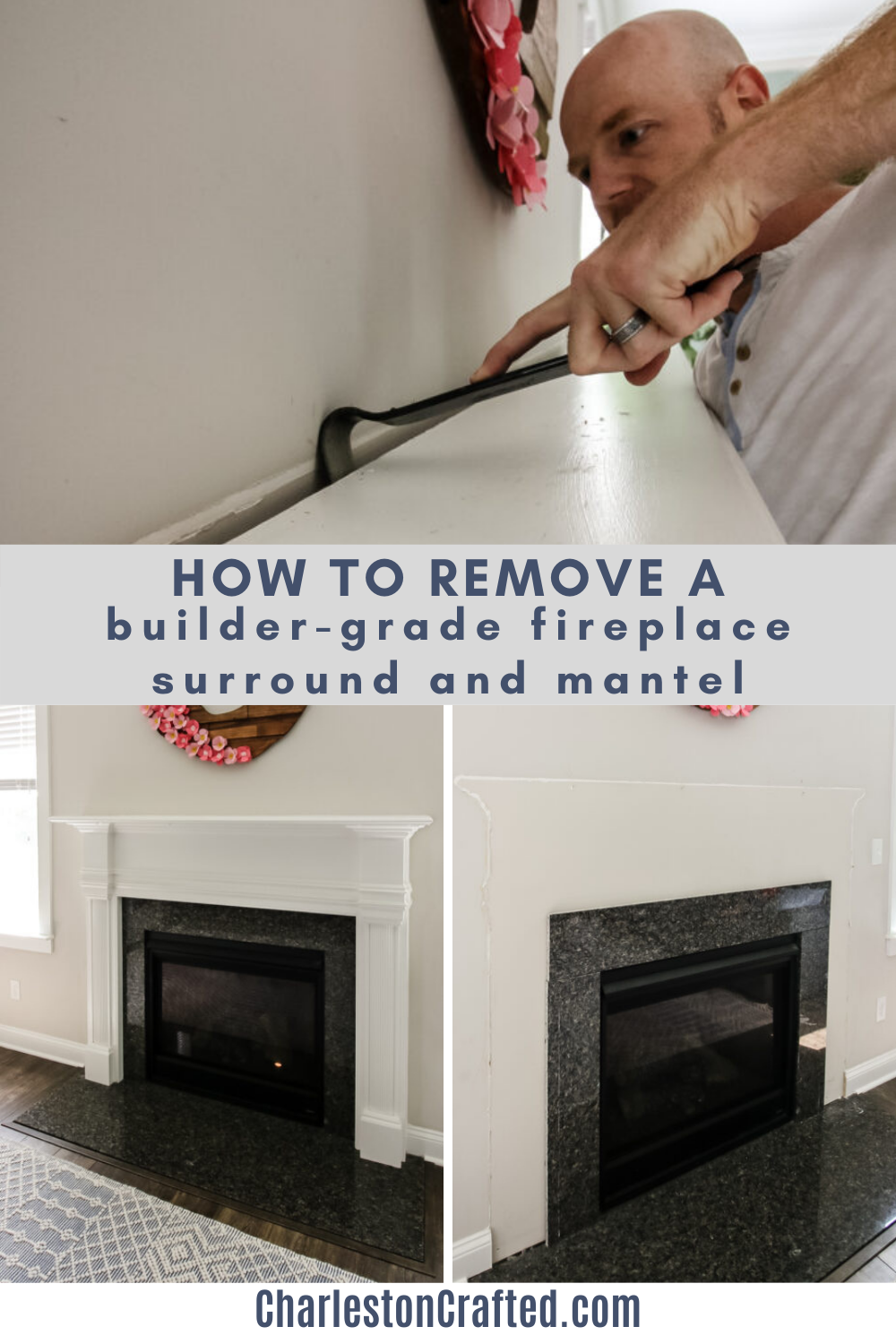


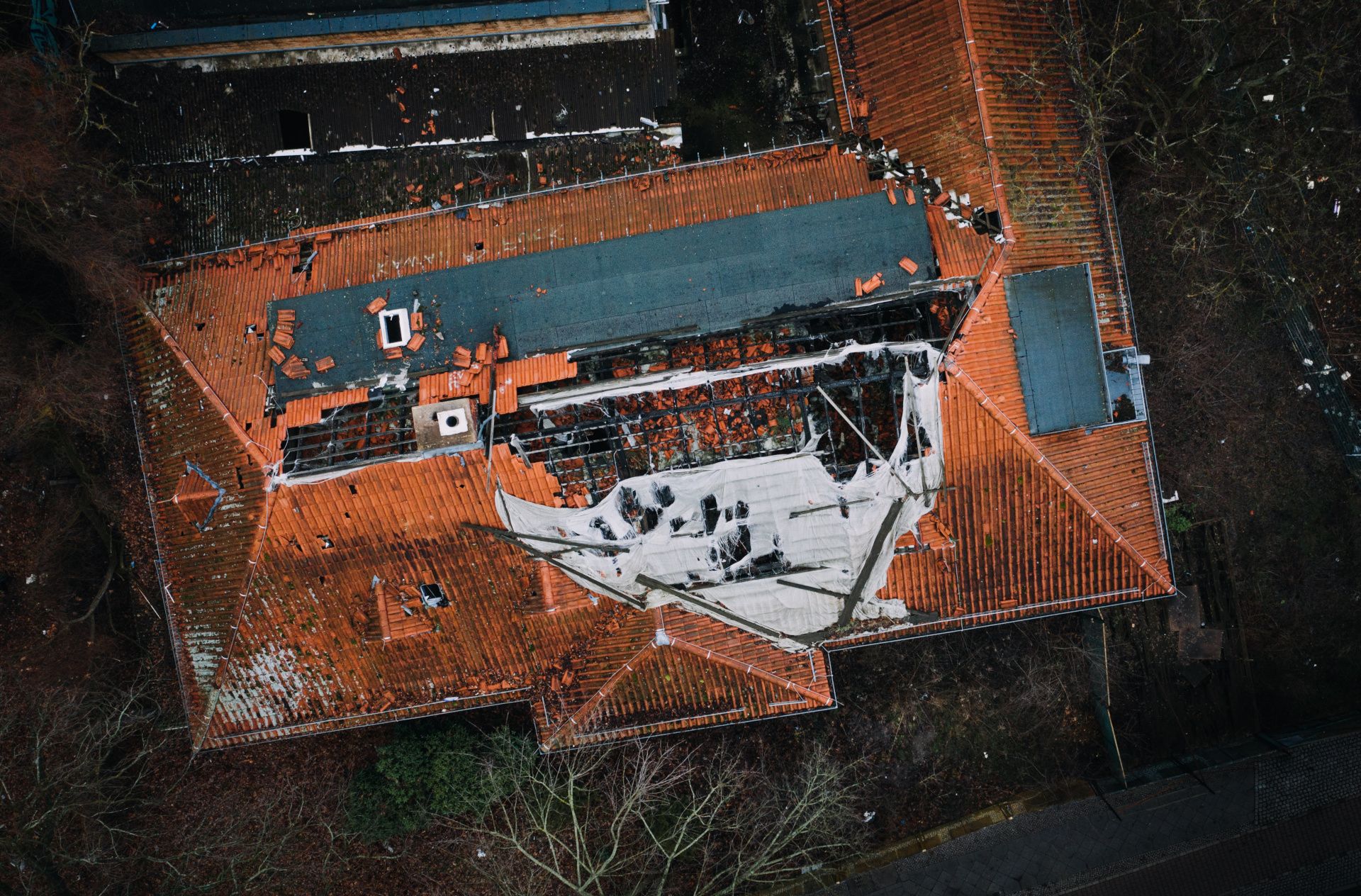
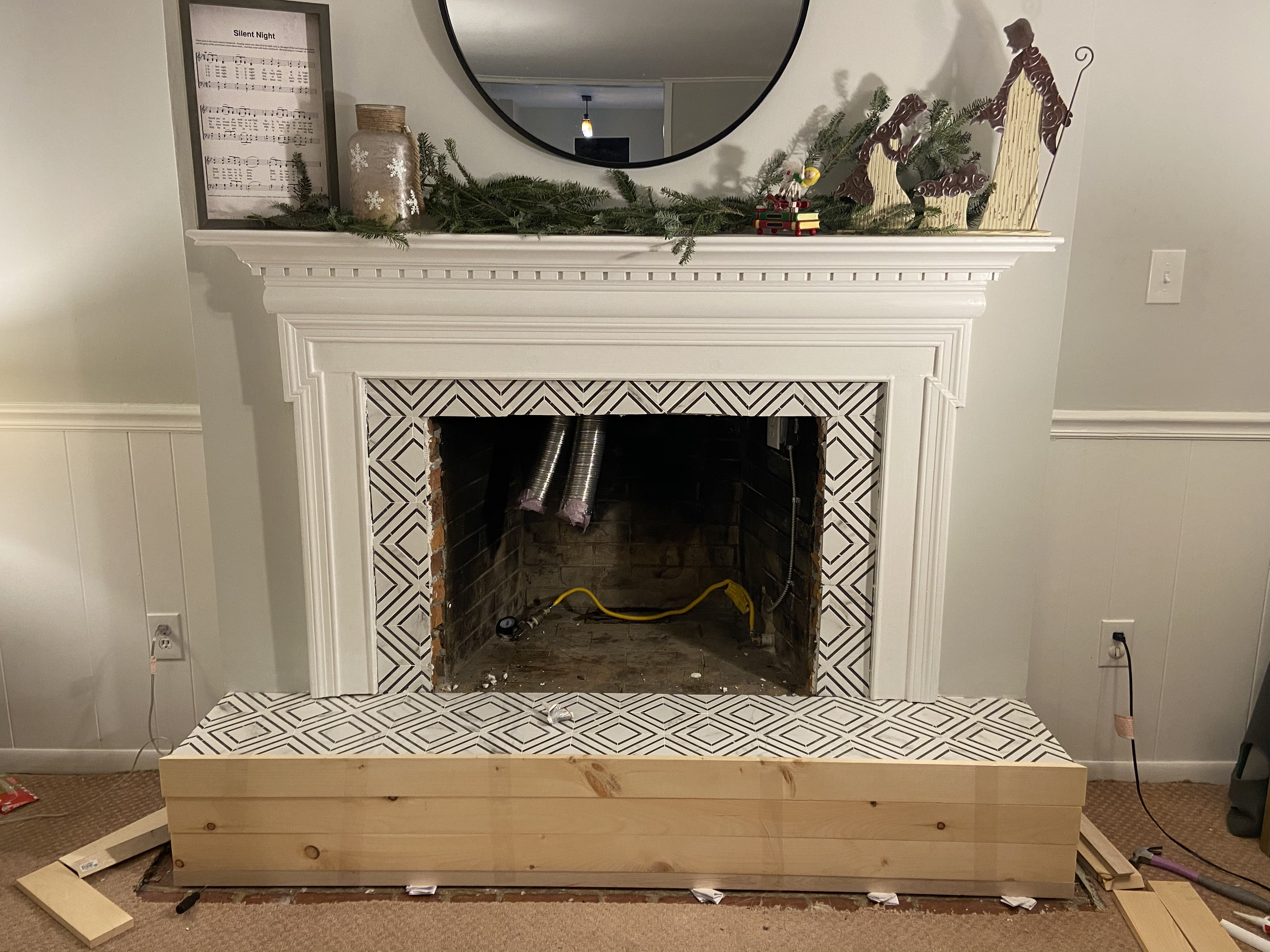






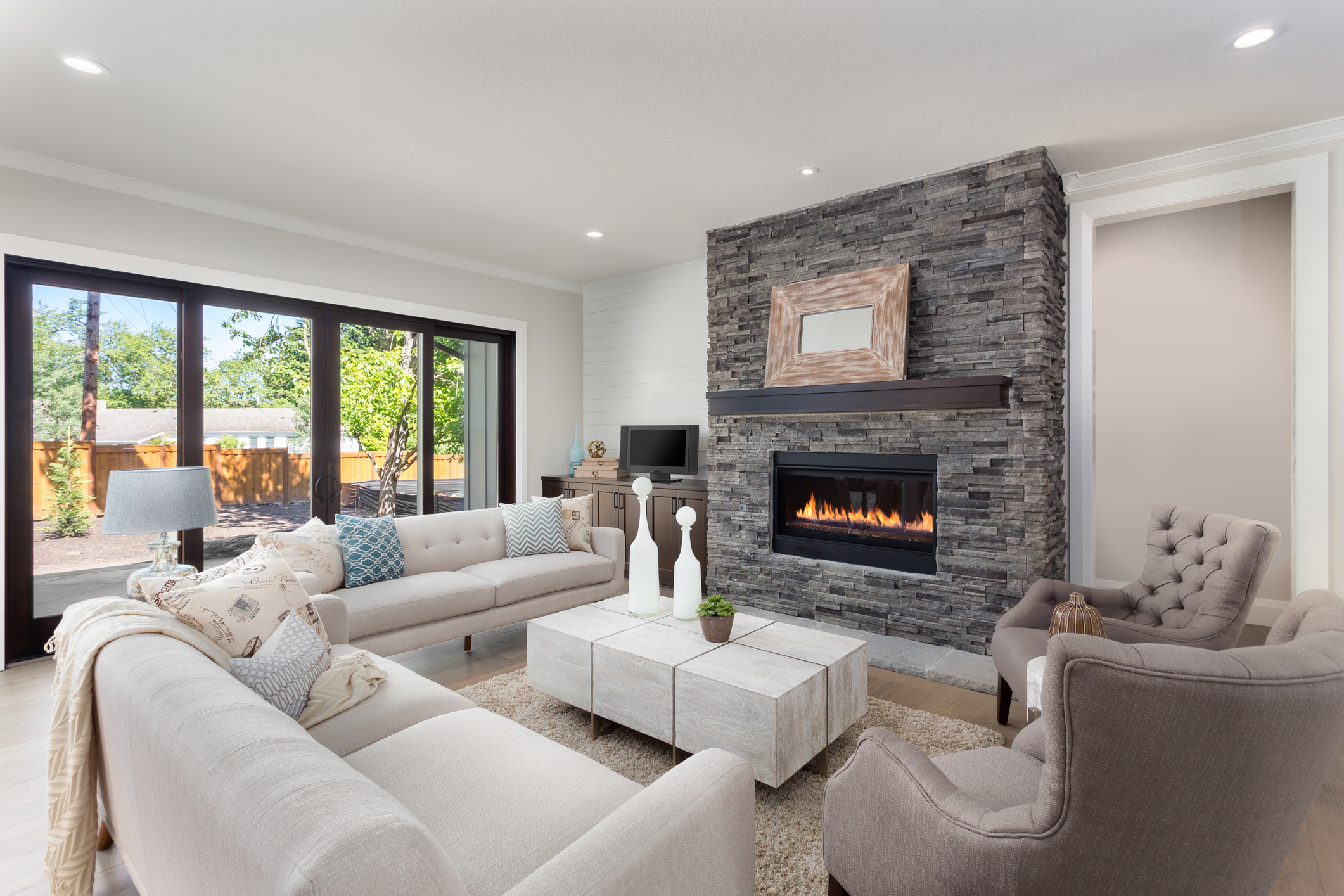
:max_bytes(150000):strip_icc()/Transitional-living-room-with-tile-mosaic-fireplace-58e12b9c5f9b58ef7e1de56f.png)
/Formal-Living-Room--58c0a9b53df78c353c16b00b.png)




